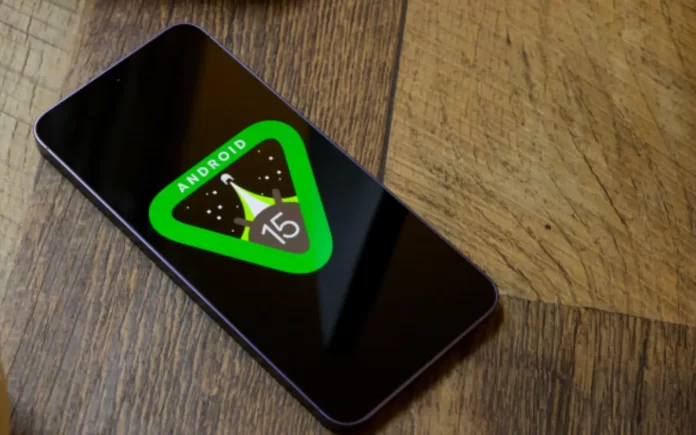California: Google has rolled out the second Developer Preview of Android 15, building on the momentum of its predecessor launched just last month. While this version is currently limited to developers, it offers an exciting glimpse into the forthcoming operating system, with the public beta set to launch in April.
A standout feature of Android 15 DP2 is its pioneering support for satellite connectivity, deeply integrated into the operating system’s core. Google aims to deliver a seamless user experience across satellite networks by introducing innovative user interface (UI) components. These updates enable applications to identify satellite connections, offering insights into potential network constraints and ensuring consistent user interaction.
Furthermore, developers will now have native support for SMS/MMS applications and pre-installed RCS applications, leveraging satellite connectivity for message sending and receiving.
The update also brings significant improvements to PDF viewing, enabling developers to effortlessly manage password-protected PDFs and annotations. This includes smoother navigation, enhanced search capabilities, and editing features within PDF files, all while optimizing performance and resource utilization. Importantly, the PDF renderer will receive periodic updates via the Google Play system, independent of Android version releases.
The NFC payment system has been enhanced for a more reliable and streamlined experience. Additionally, the automatic language-switching feature for audio recognition has been fine-tuned to enhance accuracy.
In a move to accommodate emerging form factors, Android 15 now supports small cover screens on flip-style foldable devices, enhancing the overall app experience.
Addressing privacy issues, apps within Android 15 are now capable of detecting recording activities, and new loudness standards have been implemented to reduce audio playback inconsistencies. The Do Not Disturb mode has also been revamped, offering users more customization options to set specific rules and trigger personalized actions, such as activating monochrome display and night mode.



